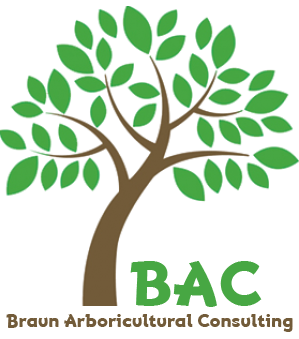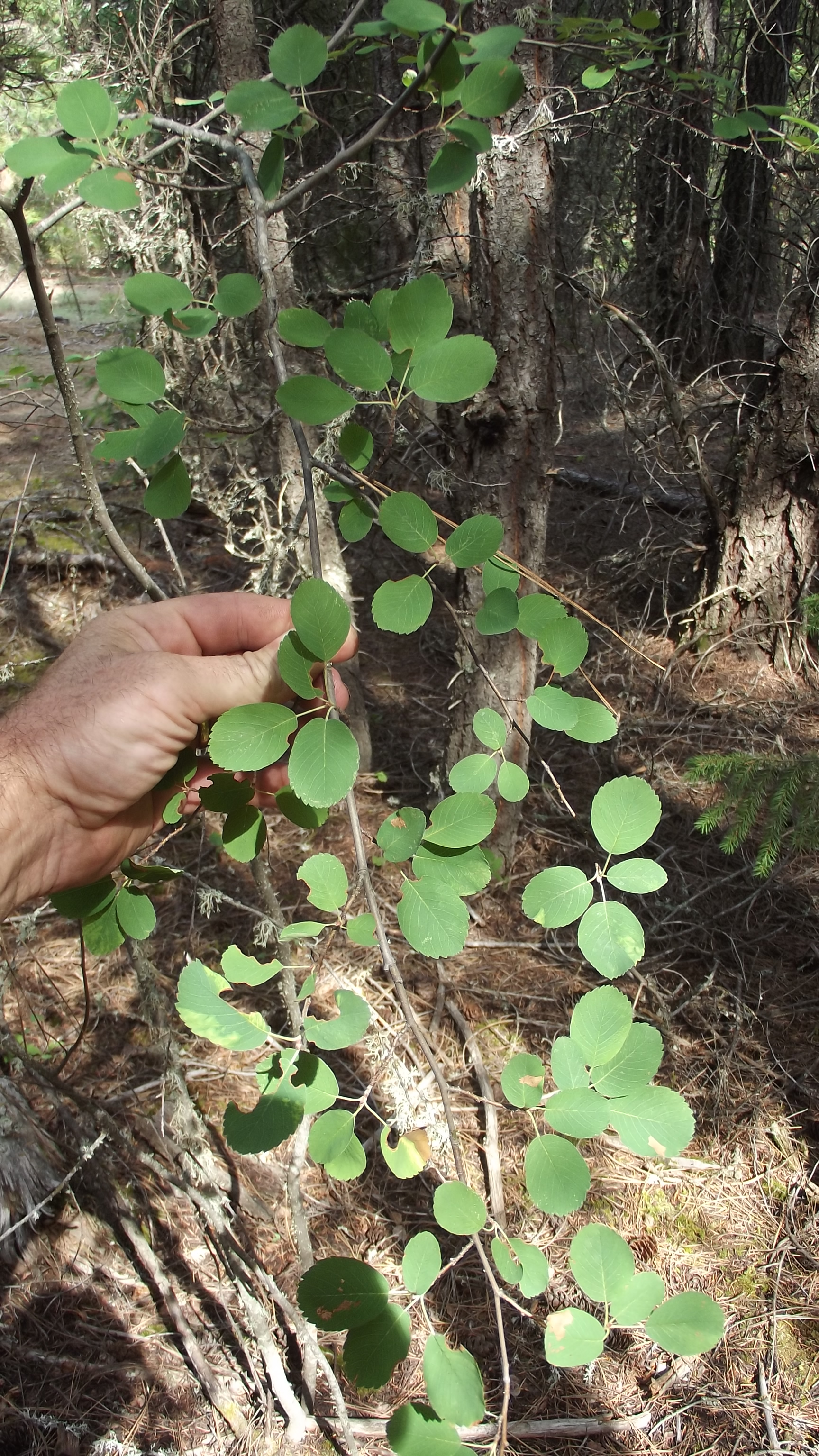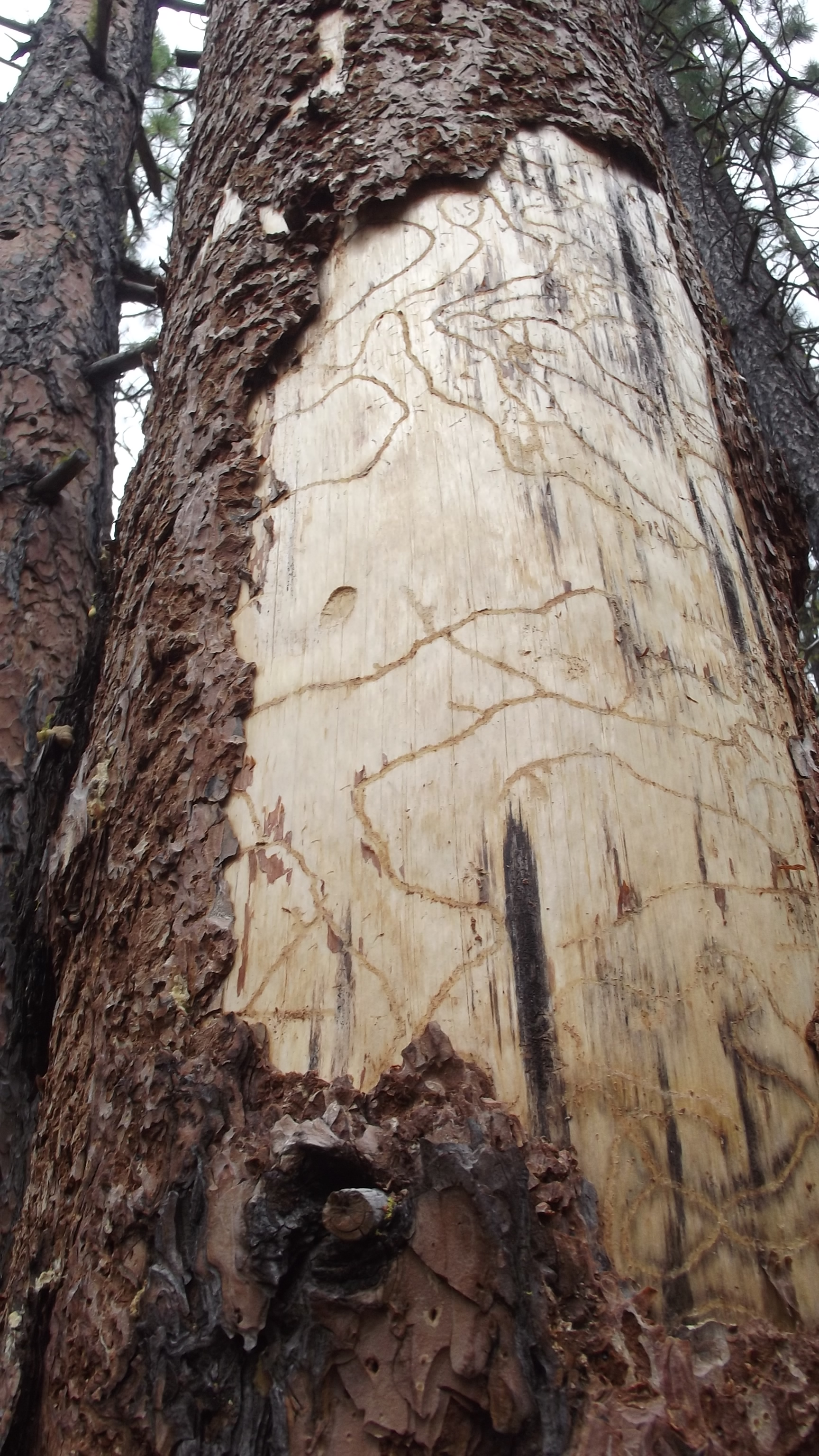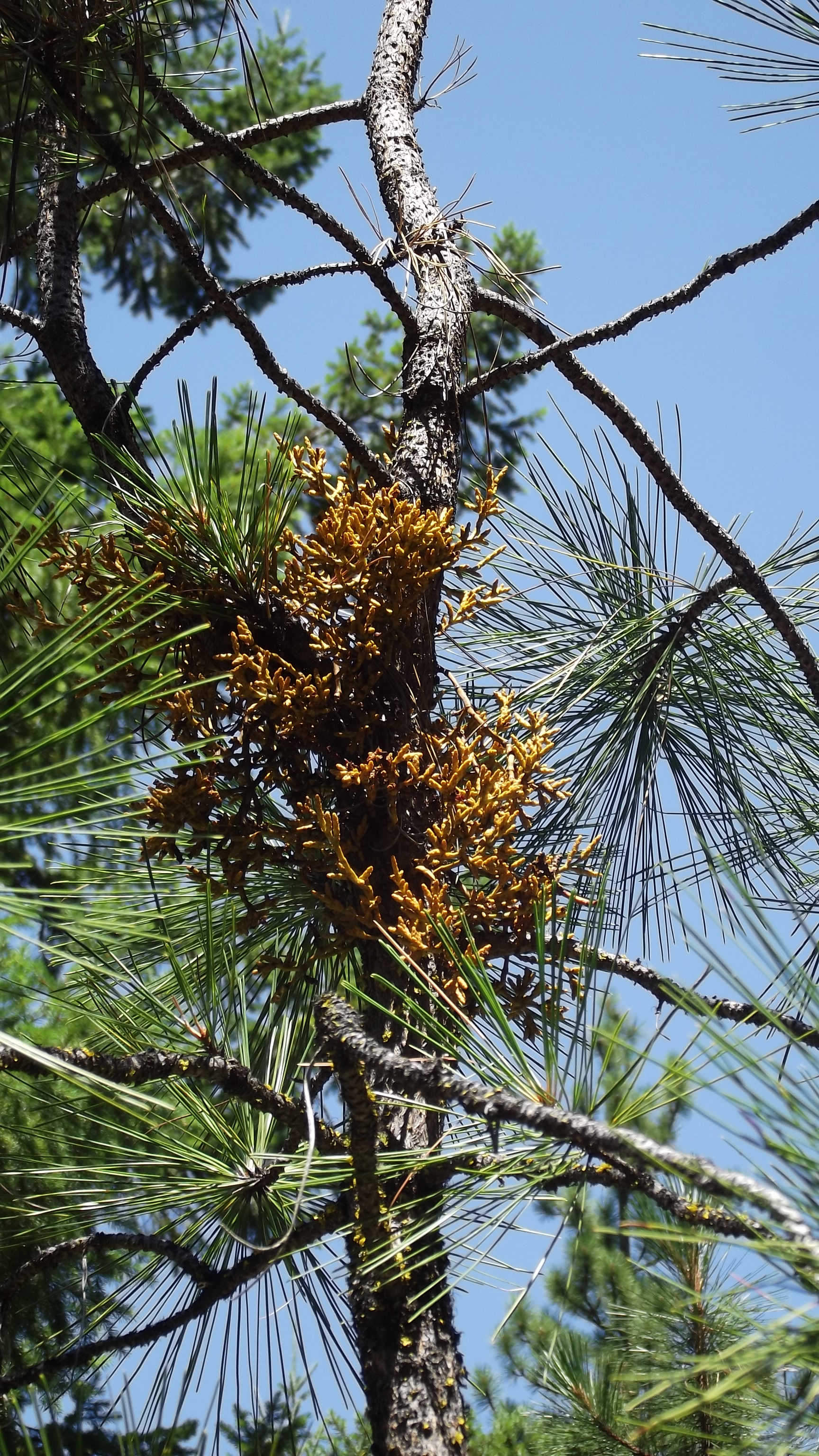Management Plans
Forest Management Plan
State Departments of Forestry encourage forest land owners to make a Forest Management Plan; this allows the owner to benefit from a lower tax rate as timberland, as opposed to other classifications, and access to various programs that may provide funds for fuel reduction and other forms of stand improvement. BAC has prepared plans that include an estimate of commercial species volume, as well as information on injurious insects and diseases, wildlife, roads, riparian zones, fuel loads, and improvements. The plans represent a blueprint for sustainable management that includes growth and projected harvest of forest products, as well as other goals the landowner may have including reducing fire danger, improving wildlife habitat, native biological diversity, and recreation. They do not require timber harvest for maximum economic return, although this could be an objective. BAC specializes in small timberland owners up to about 40 acres.
service berry (left photo), the presence of insects and diseases such as western pine beetle (center left) and dwarf mistletoe (center right)
Manage Your Backyard or Woodlot
If you want to enhance wildlife habitat, assessing the existing vegetation with some basic questions is a good place to start. For example:
- Is it mostly lawn, bark chips, and non-native thirsty shrubs?
- Is it mostly weedy growth such as ivy and blackberry covering who knows what?
- Are there native shrubs and trees?
- Can that hollow old tree be safely maintained?
The relationship of the property to surrounding land is also important:
- Does that adjacent creek or wetland raise the water table?
- Are the tall trees to the south casting heavy shade, or alternatively,
- Is the yard dry and baked to the south because of no shade?
Wildlife need food and cover; plantings can provide both.
Native plant species can be important to many local species of birds, mammals, insects, and other animals.
The arrangement of the vegetation in layers (groundcovers and rough areas, shrubs, small and large trees) as well as retention and maintenance of existing trees with defects can be very important.
This does not mean that non-natives have no role. Some are quite attractive to wildlife, and the function of large non-native trees in providing cover, shade, and nesting cavities is not quickly replaced with newly planted natives.
For maximum attractiveness to wildlife, some areas of “rough” are needed; for example:
- A meadow cut once a year
- A forest floor of leaf litter, dead twigs and branches left to decay
- Perennial beds that are not mulched with bark chips or plastic, but are spread with compost and have deadheads left on plants for cover and food in the winter
The addition of a water feature (or retention of a seasonally wet area with native plants) will greatly increase wildlife use.
Wildlife Trees
All trees are wildlife trees at some level; however, older trees that have significant defect or that are dead may have significant value as a wildlife habitat. These trees may also pose high risk to people or property; they may be retained at lower risk if reduced in size by expert climbers. This work is often done in conjunction with Risk Assessment. Trees without defect may also be treated to improve wildlife habitat. Downed logs also represent important habitat, especially near or in streams.
Braun Arboricultural Consulting (541) 806-0347





